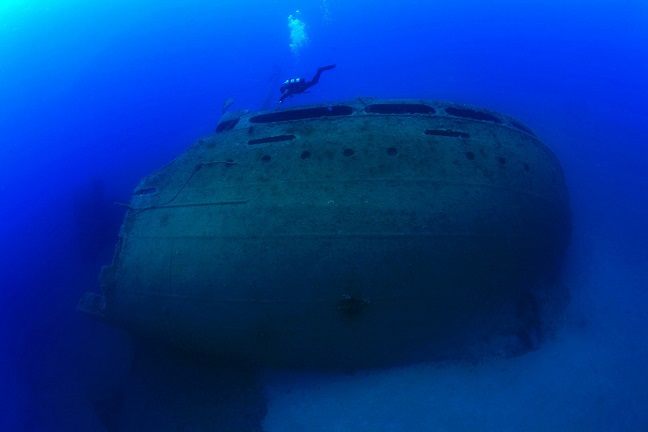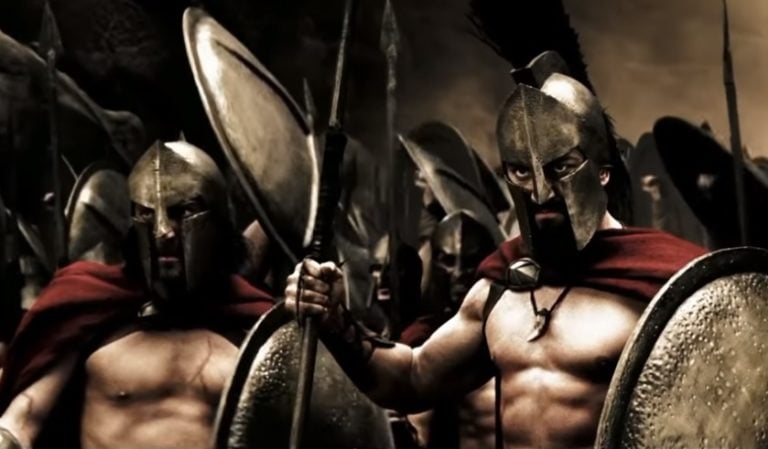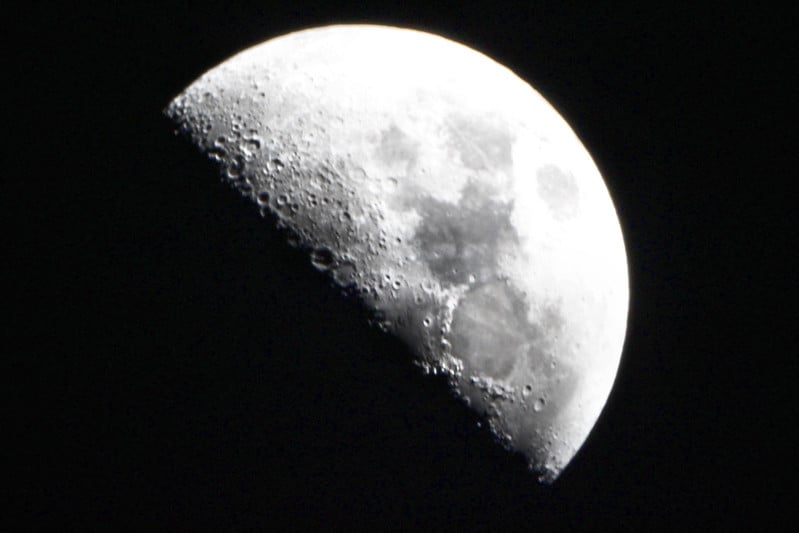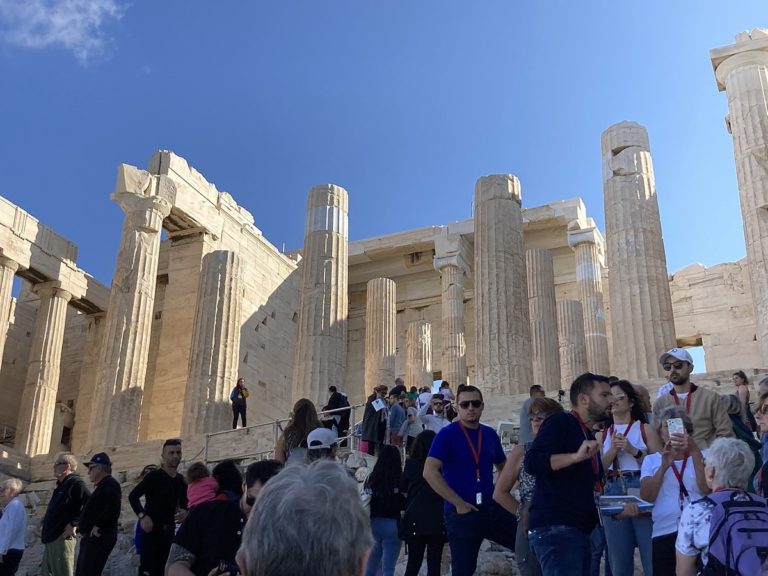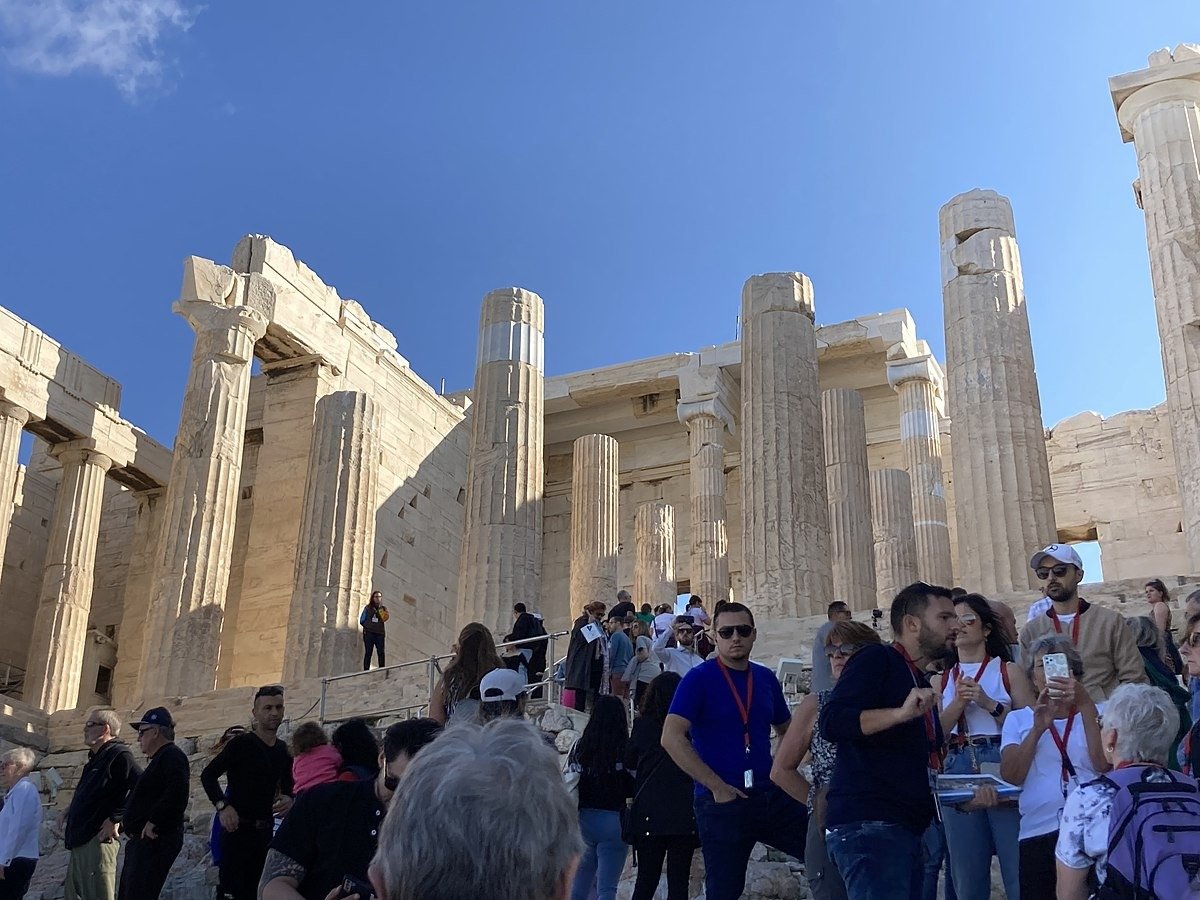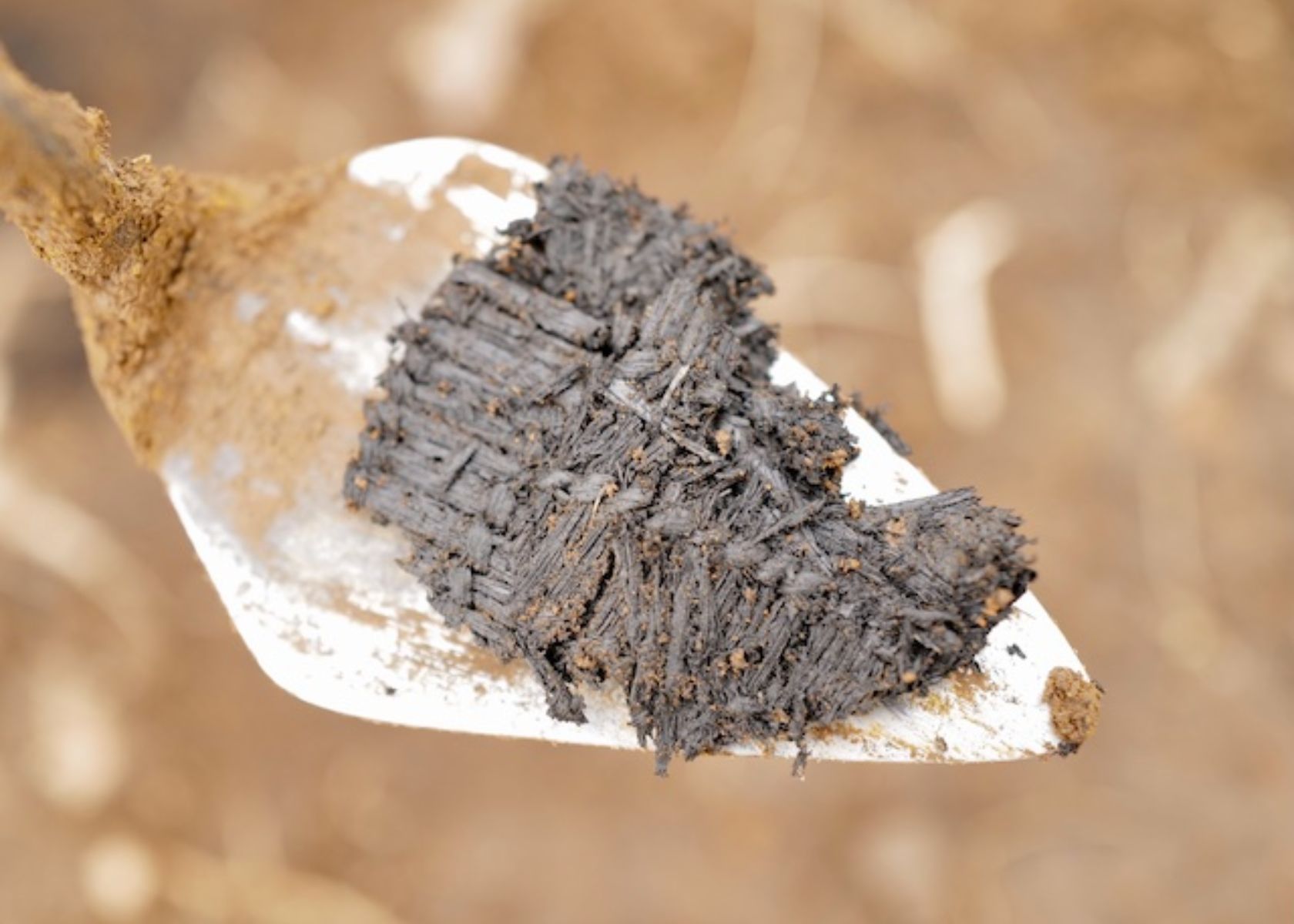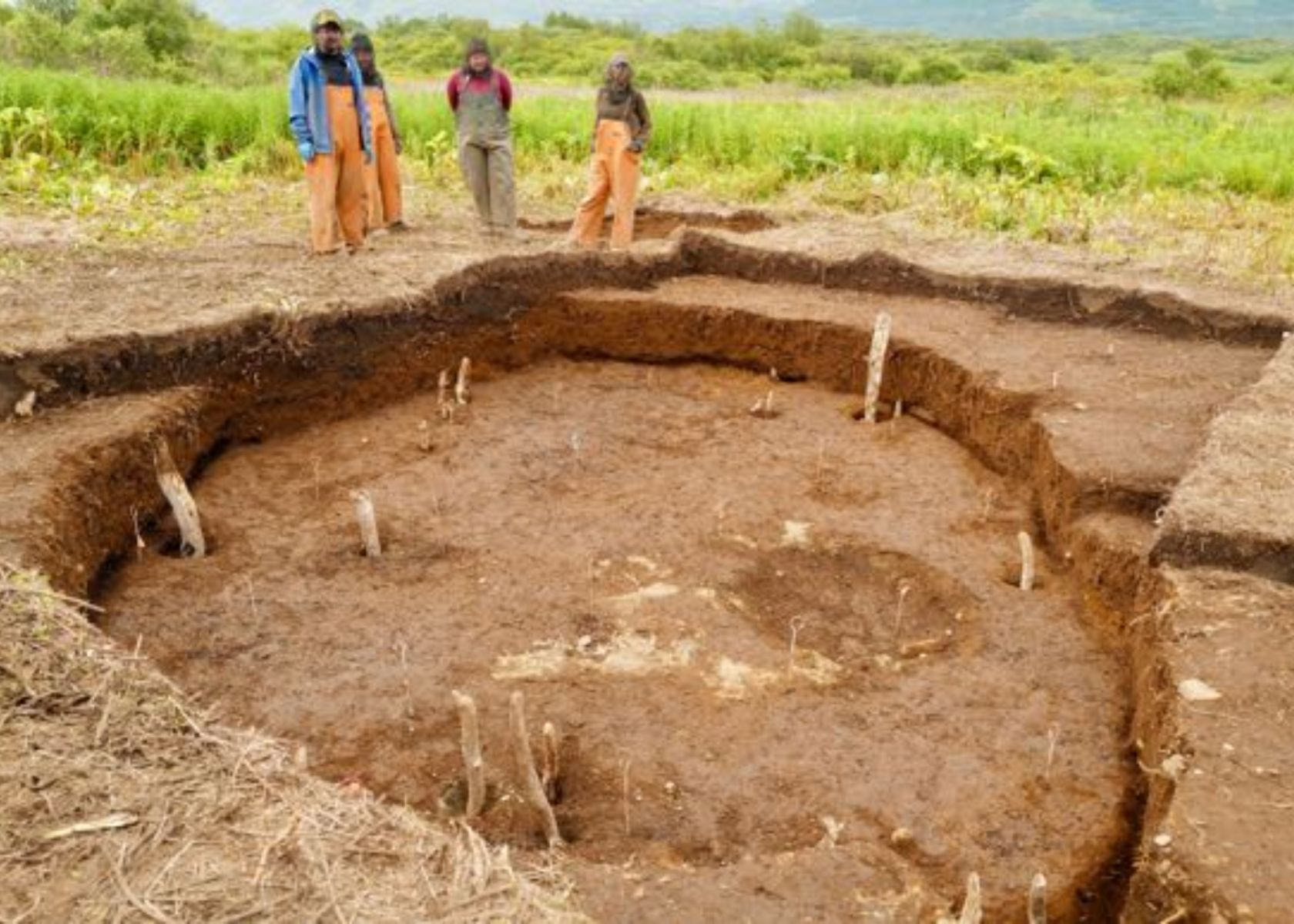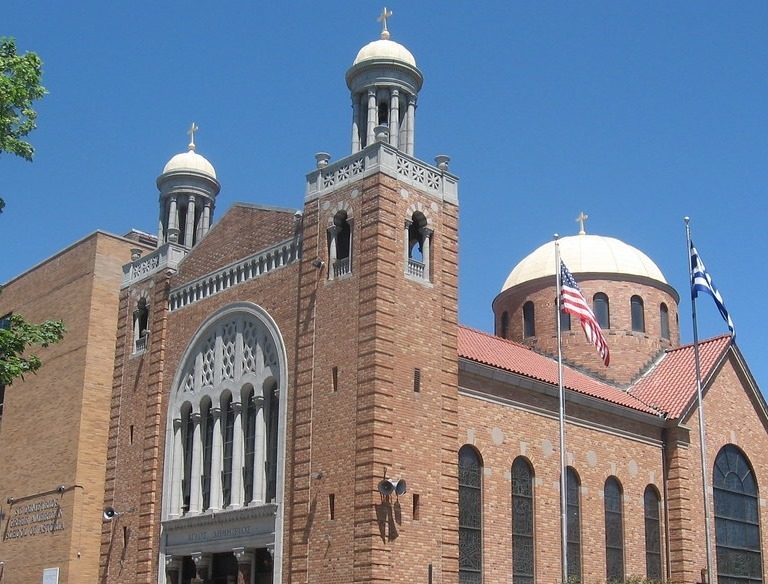
Almost 100 years after its extinction, scientists at The University of Melbourne are ready to try and bring the Tasmanian tiger (thylacine) back to life. The species has been declared extinct since the 1930s.
The initiative now has a partnership with the ‘De-extinction’ company, part of the US-based ‘Colossal Biosciences’ genetic engineering firm, which will provide the study team access to more DNA editing technologies as well as assistance from a group of top scientists from around the world.
The Thylacine Integrated Genetic Restoration Research (TIGRR) Lab, directed by Professor Andrew Pask, will greatly benefit from this collaboration.
Pask said recently that “a lot of the challenges with our efforts can be overcome by an army of scientists working on the same problems simultaneously, conducting and collaborating on the many experiments to accelerate discoveries.”
“With this partnership,” he added, “we will now have the army we need to make this happen.”
How Long Until We See a Living Tasmanian Tiger?
According to Professor Pask, as this collaboration progresses, Colossal Biosciences will use its CRISPR gene editing and computational biology capabilities to reproduce thylacine DNA while TIGGR concentrates its efforts on developing reproductive technologies specifically suited to Australian marsupials, such as IVF and gestation without a surrogate.
However, according to Professor Pask, the main question is how long it might take until a living thylacine is seen. Pask believes that it will be possible to attain an edited cell within ten years. This would then allow for the de-extinction of the animal.
“With this partnership, I now believe that in ten years’ time we could have our first living baby thylacine since they were hunted to extinction close to a century ago,” he said.
The idea of resurrecting the thylacine surfaced in the late 1990s. The ambitiously named Lazarus Project aimed to clone the animal using DNA from preserved museum specimens; it was halted when available genetic material from which to replicate the animal proved too degraded and fragmentary.

Tasmanian Tiger Hunted by European Settlers
About three thousand years ago, thylacines were quite common throughout Australia but it was specifically Tasmania that the species thrived.
Tasmanian Tigers were being hunted to extinction by European settlers who considered it a danger to the Tasmanian sheep business. The last known captive thylacine passed away in 1936.
Among living marsupials at the time, the Tasmanian Tiger was unique. It had a huge head and a long, stiff tail, granting it its recognizable wolf or dog appearance that led to the description “long dog with stripes.”
A biobank of species, created from marsupial stem cells could be immensely beneficial in preventing their extinction. However, the emergence of such a thing would surely necessitate further technological advancements. Animals are vulnerable to extinction in such instances as the recent Australia bushfires, so such a bank would prove quite valuable.
Additionally, research on embryo growth and development, as well as marsupial cloning, can support species management plans and breeding efforts for these animals.
Critics doubt the Tasmanian tiger can be recreated
Australian Museum Chief Scientist Kris Helgen, a mammalogist has expressed doubts on whether the Tasmanian tiger can be recreated.
Speaking to National Geographic he says that the biggest impediment is the genetic distance of the thylacine from any of its living relatives.
Unlike the woolly mammoth—the other charismatic extinct mammal that has become a high-profile target for de-extinction—the thylacine lacks a closely related species to serve as a genetic reference and provide cells that can become viable embryos that carry the thylacine genome. For the woolly mammoth, that role is served by the Asian elephant.
“The thylacine stood alone,” he argues. “It was as different as a cat is to a dog or a horse is to a rhino. The idea that we can bring back this carnivorous marsupial because we have all these modern genetic tools—no.
“If rhinos became extinct, you would be laughed out of any room if you said you could take a horse and turn it into a rhino, or a dog into a cat,” he told National Geographic.



